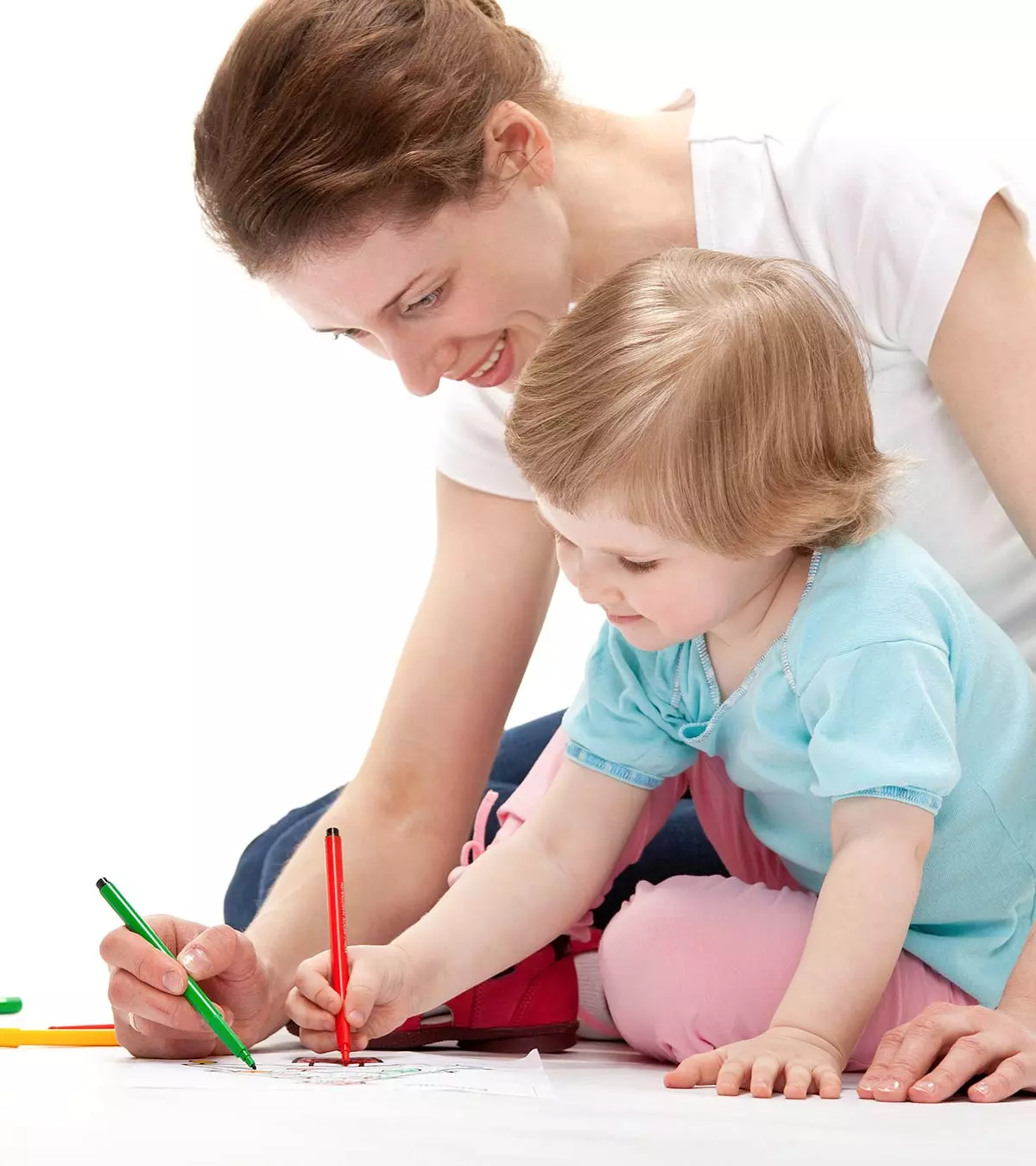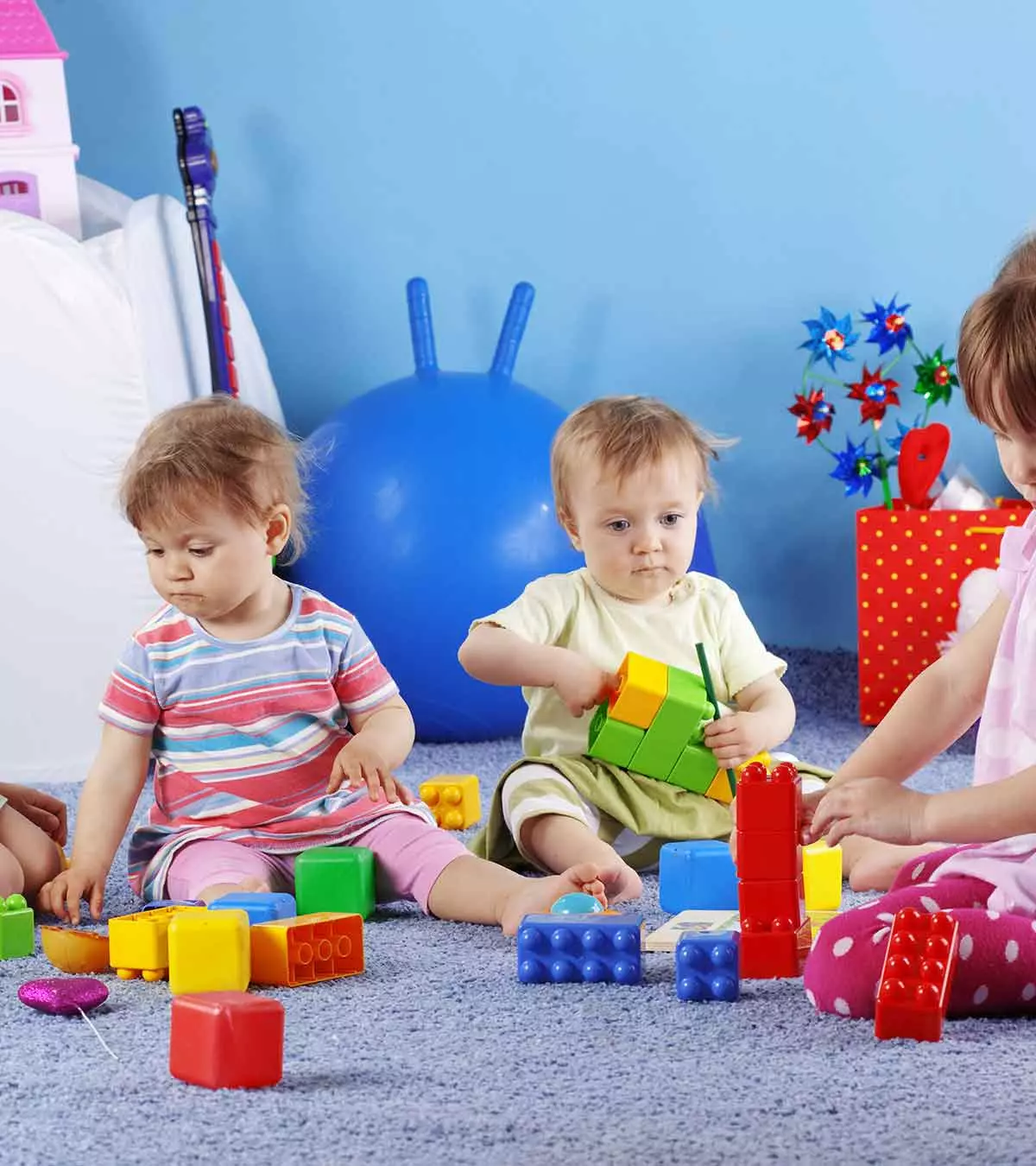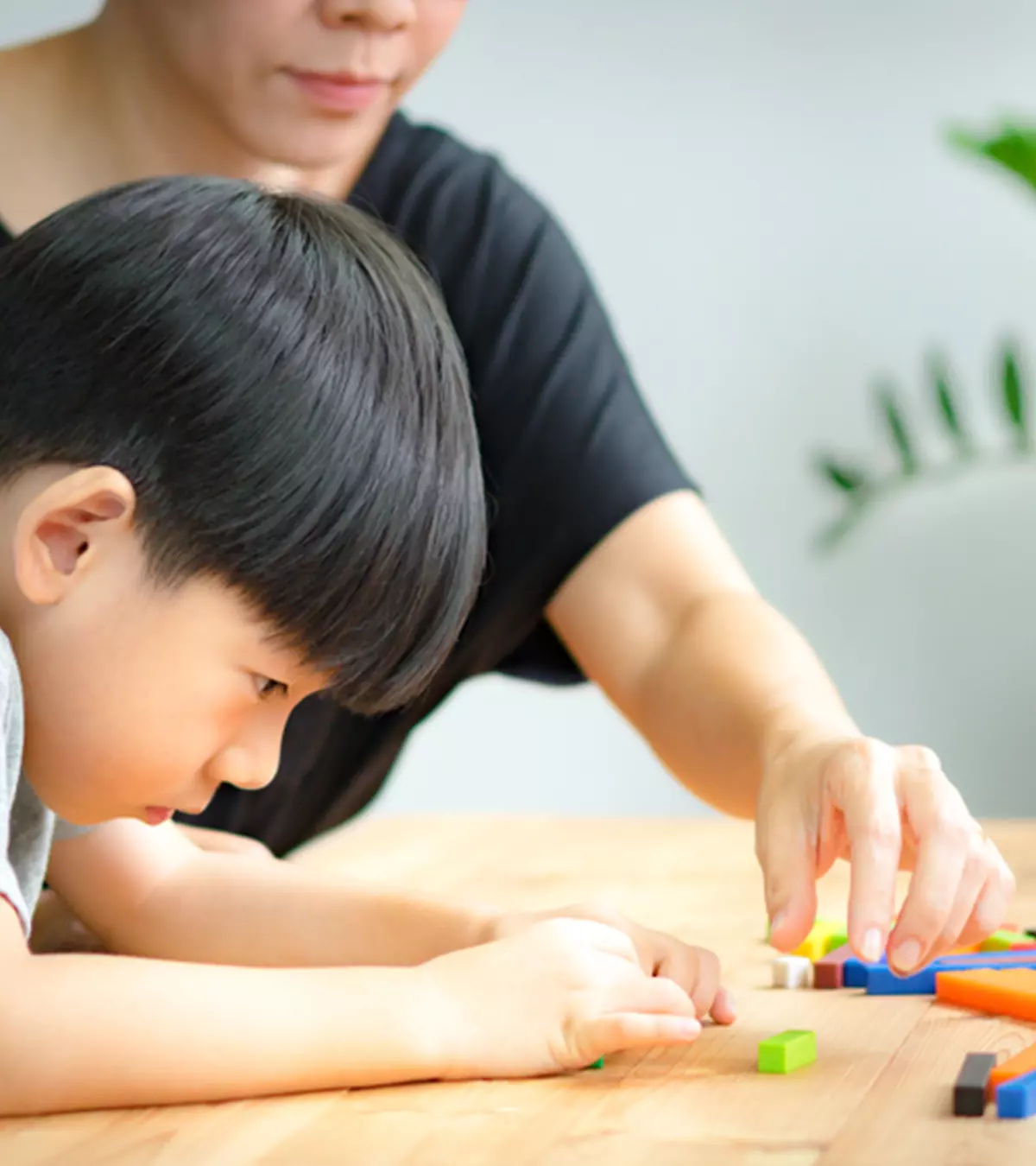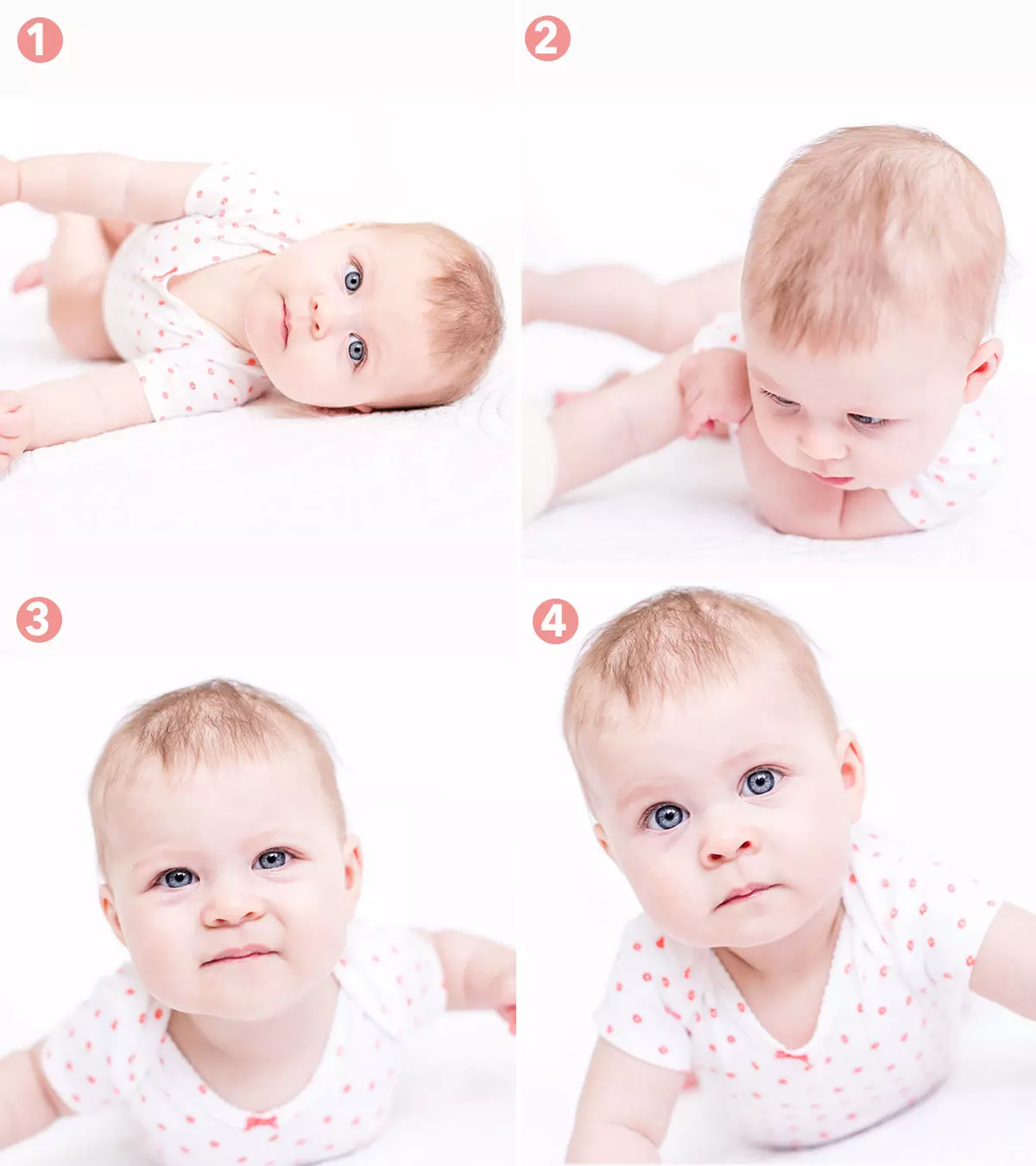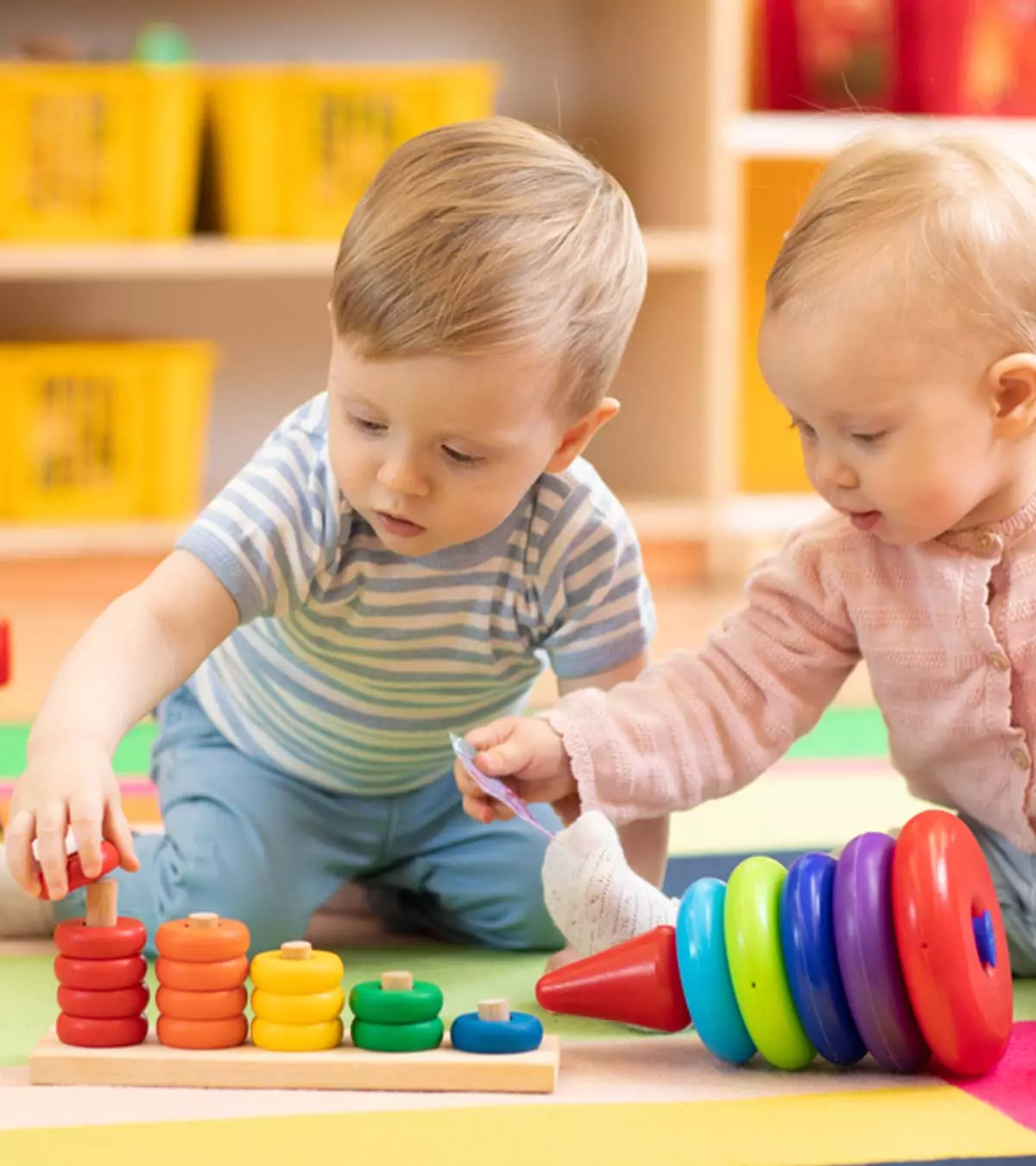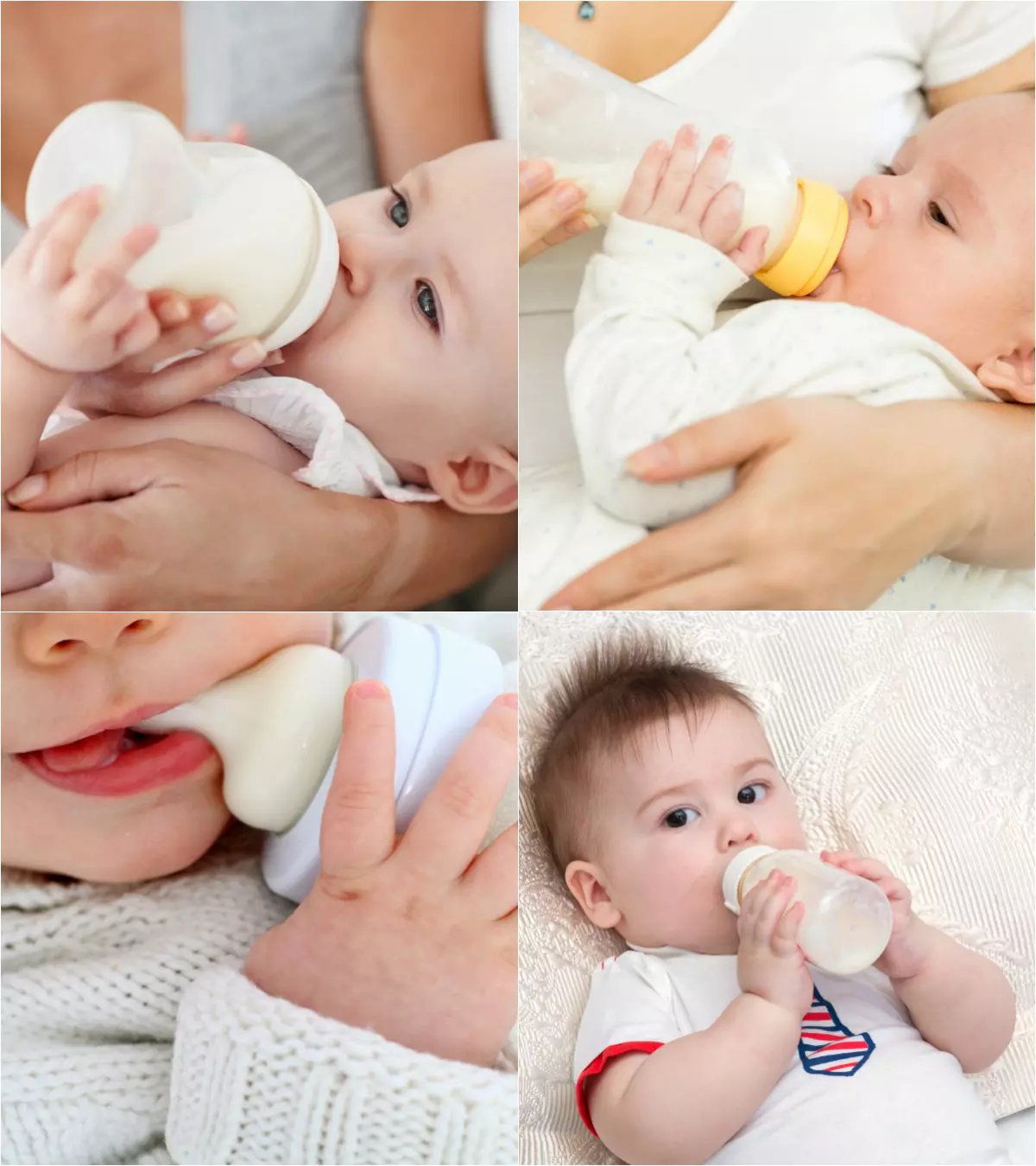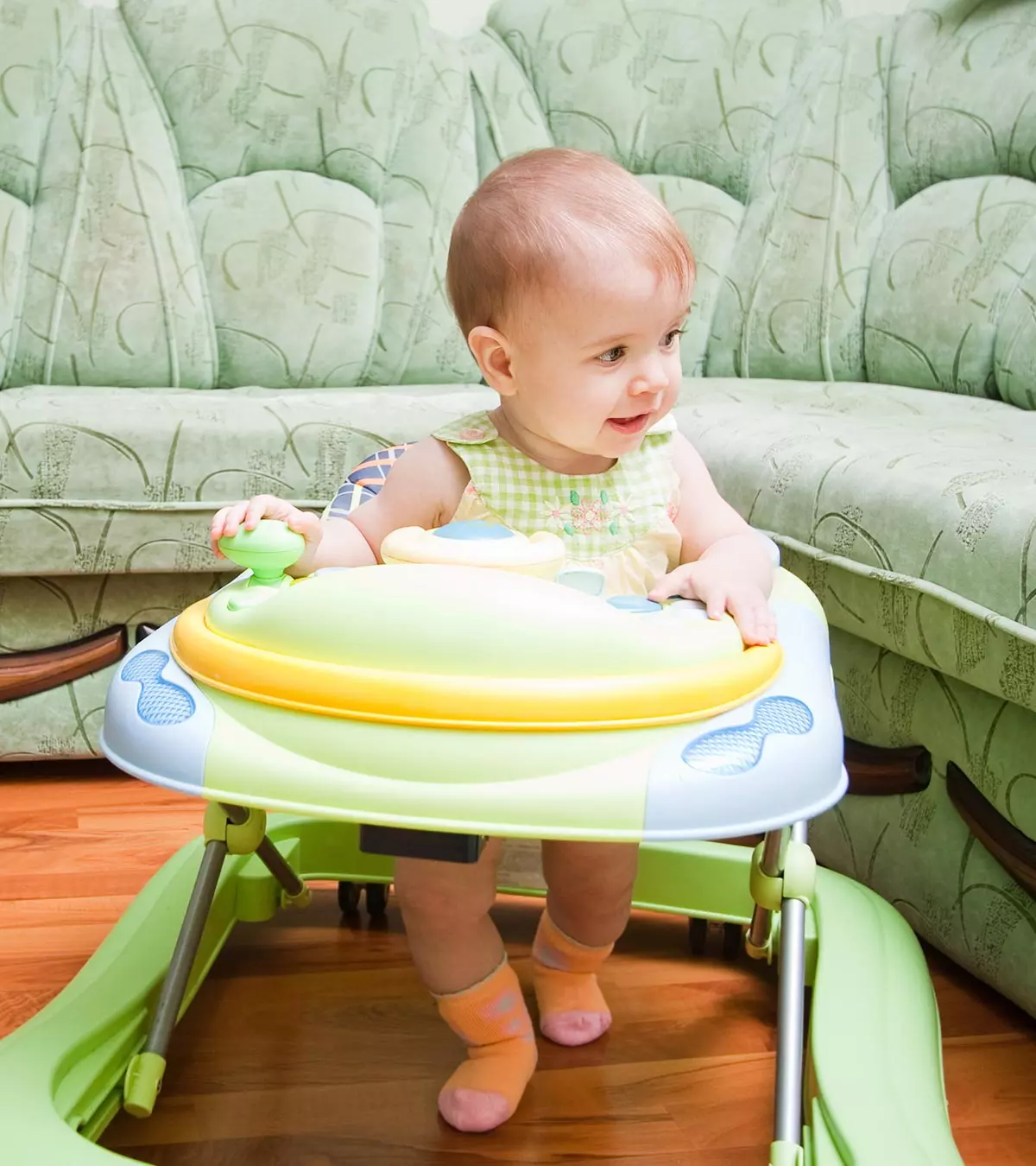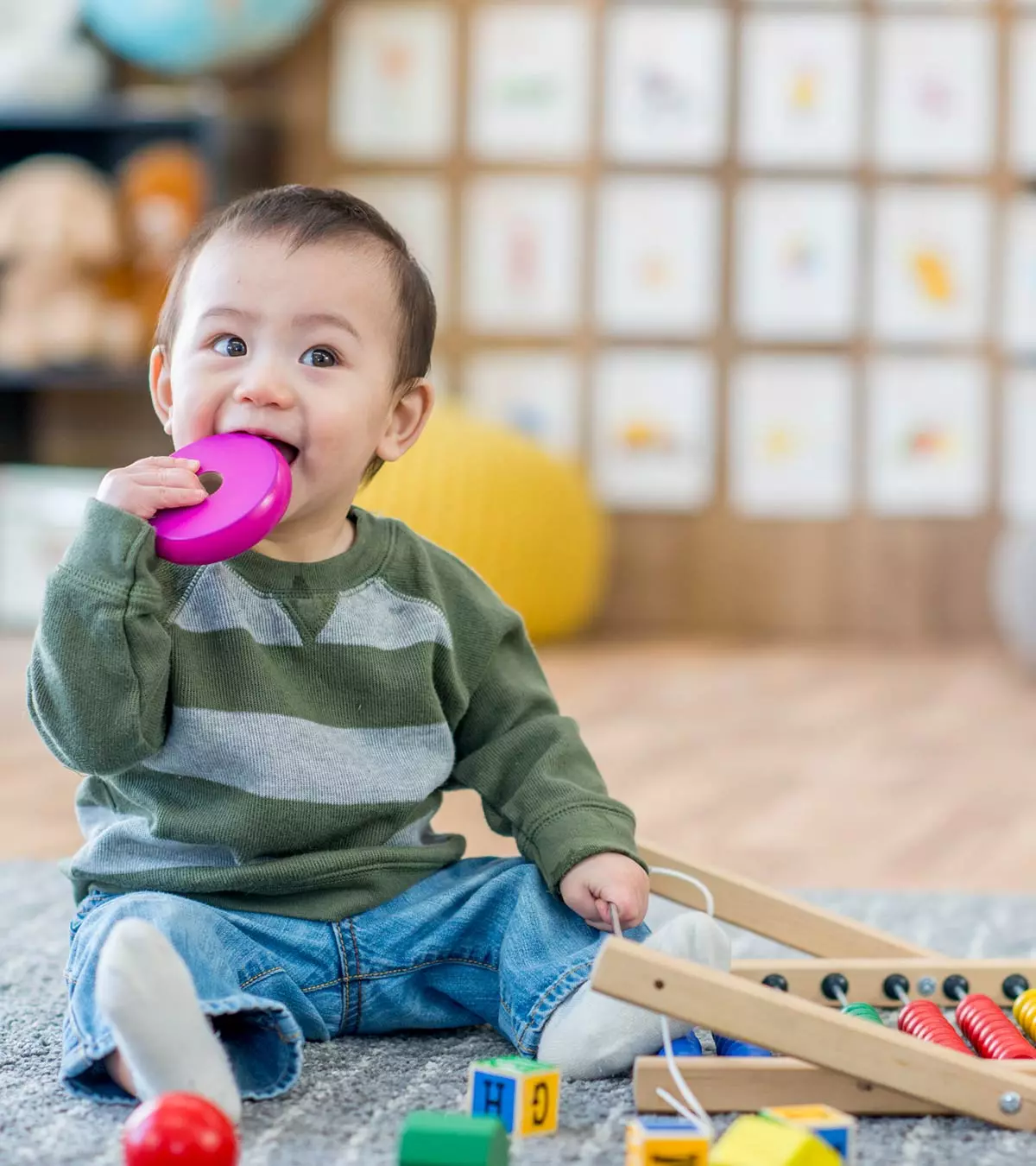
Babies tend to get their hands on almost everything they can find and even try to put most of the objects in their mouths. The sensorimotor stage is a developmental phase wherein babies use their senses for performing activities such as touching, sucking, grasping, and listening. As per Piaget’s Theory of Development in children, a child progresses into four distinct stages of cognitive development throughout childhood, including:
- Sensorimotor stage: Starting at birth and lasting until two years
- Pre-operational stage: Lasting from two to seven years
- Concrete operational: Lasting from seven to 11 years
- Formal operational: Prevailing from 12 years and later
Children undergo growth in stages, and each phase plays a crucial part in their development. For example, developing sensorimotor skills in the first stage is critical for the succeeding stages of development.
Key Pointers
- Jean Piaget, a Swiss psychologist and genetic epistemologist, put forward the theory of cognitive development.
- Sensorimotor is the first stage of cognitive development where a child’s responses and actions are guided by their senses.
- The first stage is further categorized into six substages, each with a significant developmental milestone.
- Allowing children to play with sound-making and moving toys, as well as exposing them to books, can aid this process.
What Is Sensorimotor Stage In A Child’s Cognitive Development?

Image: IStock
The sensorimotor stage of development is the first of the four stages of development put forth by Jean Piaget in his Theory of Cognitive Development. The sensorimotor stage lasts from birth to about two years. This period is characterized by rapid growth and cognitive development in a child.
According to Piaget, it is called the ‘sensorimotor’ stage because the early reflexes and signs of intelligence develop through sensory perceptionsiThe use of one or five human senses to detect or experience an environmental stimuli. and motor activities that a baby experiences. It is during this stage that infants and toddlers learn about the world around them. They do so by coordinating all the sensory experiences, such as hearing, looking, touching, tasting, and reaching out (1). These senses combine with actions and movements of the muscles to obtain a perception of things around them.
The primary learning during this developmental stage is object permanence, which is understanding that objects exist even if they are out of sight (2). Object permanence is considered the beginning of memory development, allowing children to retain information about objects and events and influencing how children understand their interactions with the environment.
Who Was Jean Piaget And Why Does He Matter?
Jean Piaget was a Swiss psychologist and genetic epistemologist. He was one of the earliest researchers to study child psychology (3). He is known for his works on how children develop intellectually. His most famous works include his Theory of Cognitive DevelopmentiThe development of the child’s brain and mental abilities. that gave an in-depth analysis of how children develop intellectually throughout their childhood.
He postulated that as babies continue interacting with their environment, they build on their existing knowledge while retaining what they already know. They have an innate knack for adaptation to their knowledge as they continue to grow and develop.
 Did you know?
Did you know?Substages Of Sensorimotor Stage
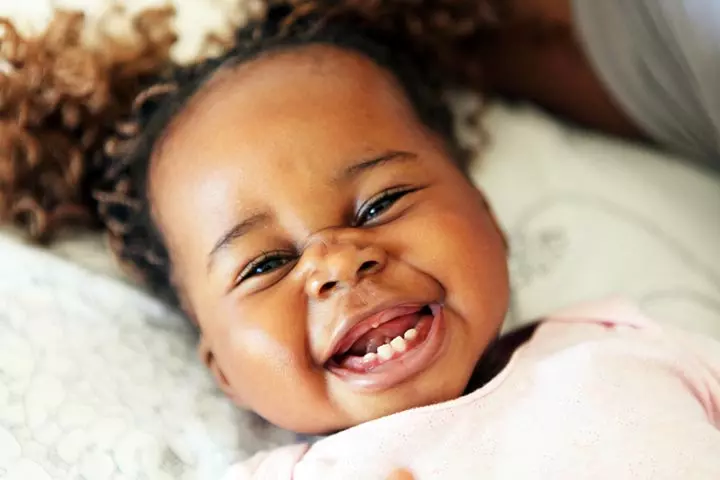
Image: IStock
The sensorimotor stage of development can be further divided into six substages that signify special milestones attained by the child:
- Reflexes (0-1 month)
During this substage, your newborn will respond to different stimulations with reflex acts, such as grasping, smiling, and sucking (4). These reflexes come to the baby innately and are not taught. For example, you will observe baby sucking reflex in your child as soon as you touch their cheek lightly.
- Primary circular reactions (1-4 months)
The second stage is characterized by the repetition of activities that the baby finds pleasurable. For example, babies in this age group tend to suck on their thumbs, wiggle their toes and fingers, and move their legs in a kicking action. Contrary to those made in the reflexive stage, these actions are not reflexive actions but are done intentionally for pleasure. Hence, they are also known as a type of pleasurable stimulation.
By this time, your baby will smile at people spontaneously, copy facial movements and expressions, respond to the affection shown to them, reach for toys with one hand, and look at the faces of people very closely. They also begin to recognize people and things even from a distance (5).
- Secondary circular reactions (4-8 months)
In the next four months, babies repeat their pleasurable actions, but they use objects to learn about the world. For example, simple actions like dropping a toy, banging objects or utensils, or throwing the pillow down will give them the confidence to try new actions. They are more likely to continue these activities as they find them pleasurable.
During these months, babies are also more likely to make noises of their own—laughing, making sounds to converse, or expressing their emotions. Babies also become a bit more focused on their surroundings and perform actions to elicit a response from their environment.
- Coordination of reactions (8-12 months)
In this substage, babies use the basic reflexes they know and have developed in the past few months to plan and coordinate their actions. They perform these actions in anticipation of events. This ability of orientation is made possible by the prefrontal cortex’s maturation, and babies can now perform goal-oriented activities.
They gain a sense of alertness and know who is a stranger and may refuse to go to people they don’t know, may say ‘no,’ watch something fall, move things from one hand to another, and pick up food from a bowl to place it in their mouth (5).
Babies at this stage enjoy playing peek-a-boo and love to find hidden objects. A simple example of this is when a baby spots a toy under the table or a little away from them, they grab it by crawling towards it, and most likely play with it or put it in their mouth.
- Tertiary circular reactions (12-18 months)
It is during this substage that the child enters toddlerhood. At this age, babies will try to learn exploratory actions and use planning, motor coordinationi, and experimentation. Toddlers can now put things together that they were able to pull apart in the earlier substages. For example, toddlers can dismantle a sequence of blocks and put them back together.
It is also the substage when toddlers can understand and respond to spoken language. They also begin to use small words and phrases and are captivated by songs, nursery rhymes, and stories.
- Early representational thought (18-24 months)
The final substage of sensorimotor development is that of ‘symbolic thought’ or ‘early representational thought.’ According to Piaget, children begin to understand symbols that represent objects that they are familiar with. This substage acts as a transition of the child’s development from the sensorimotor to the preoperational stage.
By now, children develop the ability to visualize objects that are not always present before them. They also observe how people around them manage their environment to achieve the desired goal and try to emulate them (3).
According to Jean Piaget, it is critical as it enables the child to develop object permanence, which is the fundamental goal of the sensorimotor stage.
Activities To Try With Your Baby During Sensorimotor Stage
Playtime with your child is the best way to stimulate their cognitive development. There are plenty of activities that you can do with your child to boost their cognition in the sensorimotor stage.
1. Object permanence play
A simple game of peek-a-boo is a great way to help your child learn object permanence
. Take a blanket and hide your face behind it. While an infant might not initially realize that you are behind the blanket, a toddler gaining object permanence may try to pull the blanket off from your face to find you.
Similarly, try to cover your baby’s face and clap or cheer when revealing their face to create a sort of enthusiasm or excitement. As your baby grows up, you can play a full-fledged game of peek-a-boo, asking them, “where am I?” and also encourage them to hide while you seek them.
2. Tactile play

Image: IStock
Touching and feeling things is probably one of the first motor skills that a baby learns. Encouraging tactile play can help them develop different sensations, develop their motor skills, and stimulate creativity in their growing minds. Some activities that can help in tactile play are the following.
- Give your toddler some empty bowls and encourage them to pour water from one bowl to the other.
- Encourage your child to play with playdough and teach them to make balls, flatten them out, and create interesting things.
- Another great way to encourage tactile play is to teach them how to mix colors and make handprints or fingerprint art.
Rebekah Eisfelder, a mother of a sweet baby girl, shares an edible and more child-friendly finger paint recipe she uses for her daughter’s play. In her YouTube video on rainy day activities, Eisfelder prepares a yogurt and food coloring-based finger paint, which she deems easy to make and super fun for the children as they can lick their hands and have fun (i).
- Get your child toys and games that allow them to make music by banging or tapping.
- Encourage the humble game of catch and throwing balls. Ask your toddler to throw the ball back at you.
3. Books
Babies and toddlers are perceptive to a story or a song. Introduce them to books with 3D images and scenes that allow them to touch and feel textures and shapes. You may even use fabric books or those with flaps and textures to enhance sensory engagement. It is a great way to help them understand the world around them. For example, telling them about fruits and showing the pictures, followed by giving your baby the real fruit, goes a long way in cognitive development.
4. Moving toys
You can even boost your child’s cognition with toys, such as a train engine that makes noise while it moves or a toy dog that moves when pulled with a string. It attracts your baby’s attention and develops their sense of hearing, visual acuityithe clarity or sharpness with which the eyes view objects. , recognition skills, and tactile senses.
Parenting Tips For The Sensorimotor Stage

Image: IStock
Parenting at every stage, including the sensorimotor stage, requires you to communicate with your baby and help them better understand their surroundings and actions. Here are a few tips that can promote bonding with your child and boost their cognitive development.
- Talk to your child frequently
Talk to your baby about everyday things, read to them, sing to them, narrate a story, or sing a nursery rhyme. These activities can increase your child’s perception of different sensory stimuli, improve their ability to grasp new words, and improve vocabulary.
- Teach sensory discrimination
Help them learn and differentiate between two common sensory experiences, such as warm and cold sensations. You can do this by giving your baby a cold towel or object, immediately followed by a warm towel or bottle of milk.
 Do remember
Do remember- Help them understand the stability
The sensorimotor stage of development is based on the environment’s stability, building trust, looping discovery, reinforcement, and subsequent discovery. The environment around a child must be kept as stable as possible. For instance, let them understand there’s a place for a diaper change, toys go on the same shelf each night, and that they should be sitting on a chair to eat.
- Encourage repetition of activities
Repeat activities to reinforce learning and help them acquire new skills. Playing familiar games with them or rereading stories to them can help strengthen their cognitive ability. Consistent repetition makes it easier for them to grasp and apply new concepts over time.
Keeping their objects at the same place and using the same place for the same activity maintains a stable environment. It eventually helps the baby better understand things and object permanence. Keep their environment mostly stable while also accommodating a few alterations to encourage discovery and experimentation to boost the baby’s motor skills.
- Provide environmental stimulation
During the sensorimotor stage of development, it is essential to stimulate your baby’s five senses. You can do so by:
- Providing them with appropriate sensorimotor stage toys that have different textures to improve their tactile sense
- Giving them toys that make different types of sounds
- Encouraging them to play with toys of different colors, shapes, and sizes
- Getting your child toys that stimulate movement and encourage them to grasp, hold, crawl, and reach out
- Supervise them
While it is important to expose your baby to different things around them, it is also essential to ensure a safe playing environment for your child at all times. For example, allowing your child to bang utensils or make sounds with kitchen ladles and vessels is a great idea, but you must ensure they are doing so under your supervision with no hazards around. Supervise your baby when they tend to put everything into their mouth as some objects might be unsafe.
Frequently Asked Questions
1. How does language development occur in the sensorimotor stage?
In the sensorimotor stage, language development occurs through sensory experiences and motor actions. Infants learn to communicate through exploration of the world around them using their senses and engaging in simple motor behaviors. They begin by making sounds and imitating the sounds they hear from their caregivers.
2. How does the sensorimotor stage set the stage for later stages of development?
The sensorimotor stage is critical for developing object permanence, the understanding that objects exist even when not in sight. These early experiences form the basis for later cognitive abilities, such as problem-solving, memory, and language development. Parents can explore different cognitive activities for infants to help them practice and refine their cognitive skills.
The sensorimotor development stage is when babies undergo cognitive development and rapid growth. During this time, they learn to experience their sensory feelings and reflexes and coordinate them to learn about their surroundings. The sensorimotor stage lasts till the age of about two years, and parents are advised to engage their babies in various activities to help develop their cognitive skills. You can also develop a bond with your little one while engaging in these activities and cherish these moments in future.
Infographic: Activities For Babies In The Sensorimotor Stage
The development of sensorimotor skills in babies can be aided by appropriate activities that boost their cognition. Check out this infographic on some simple activities you can try to enhance your baby’s sensorimotor skills. Illustration: Momjunction Design Team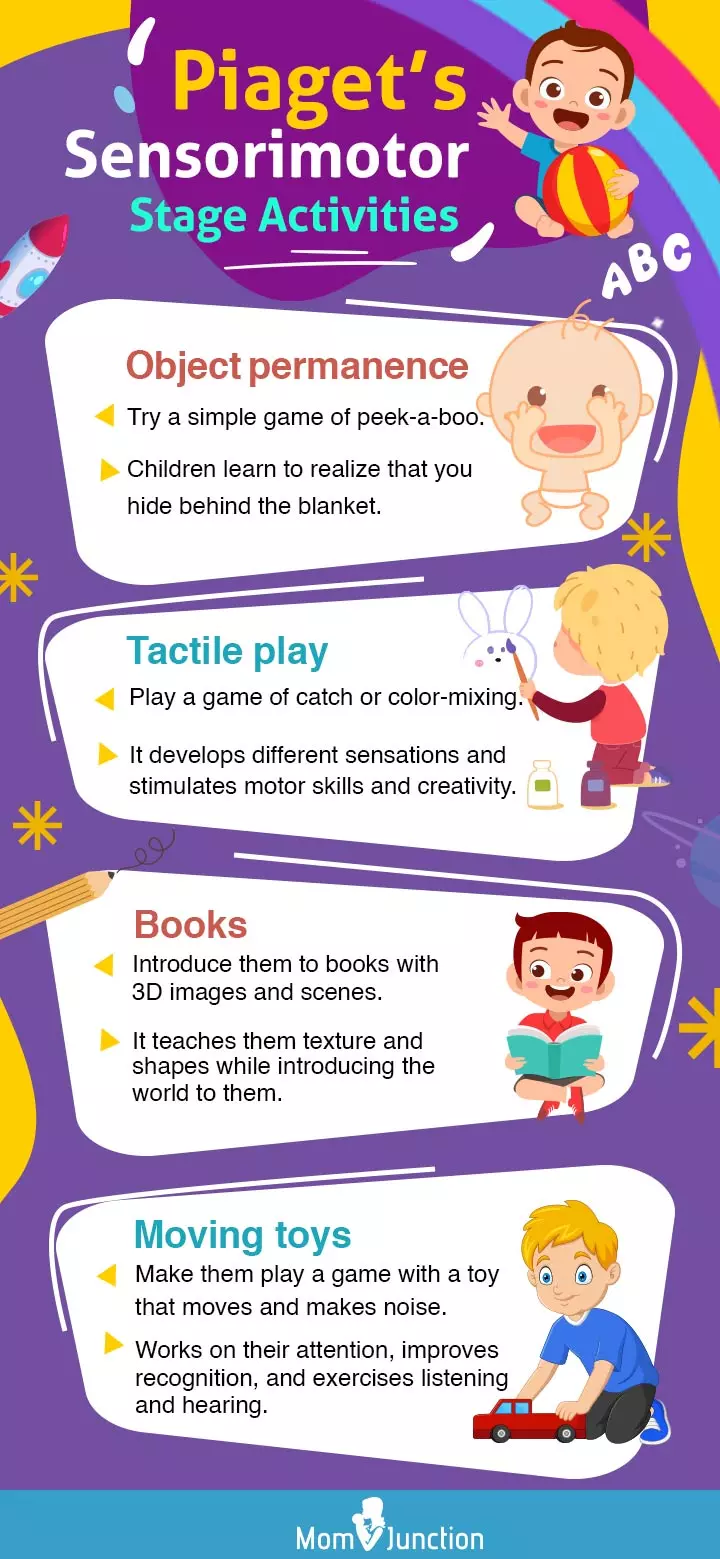
Illustration: Sensorimotor Stage: What It Is Activities & Tips To Follow
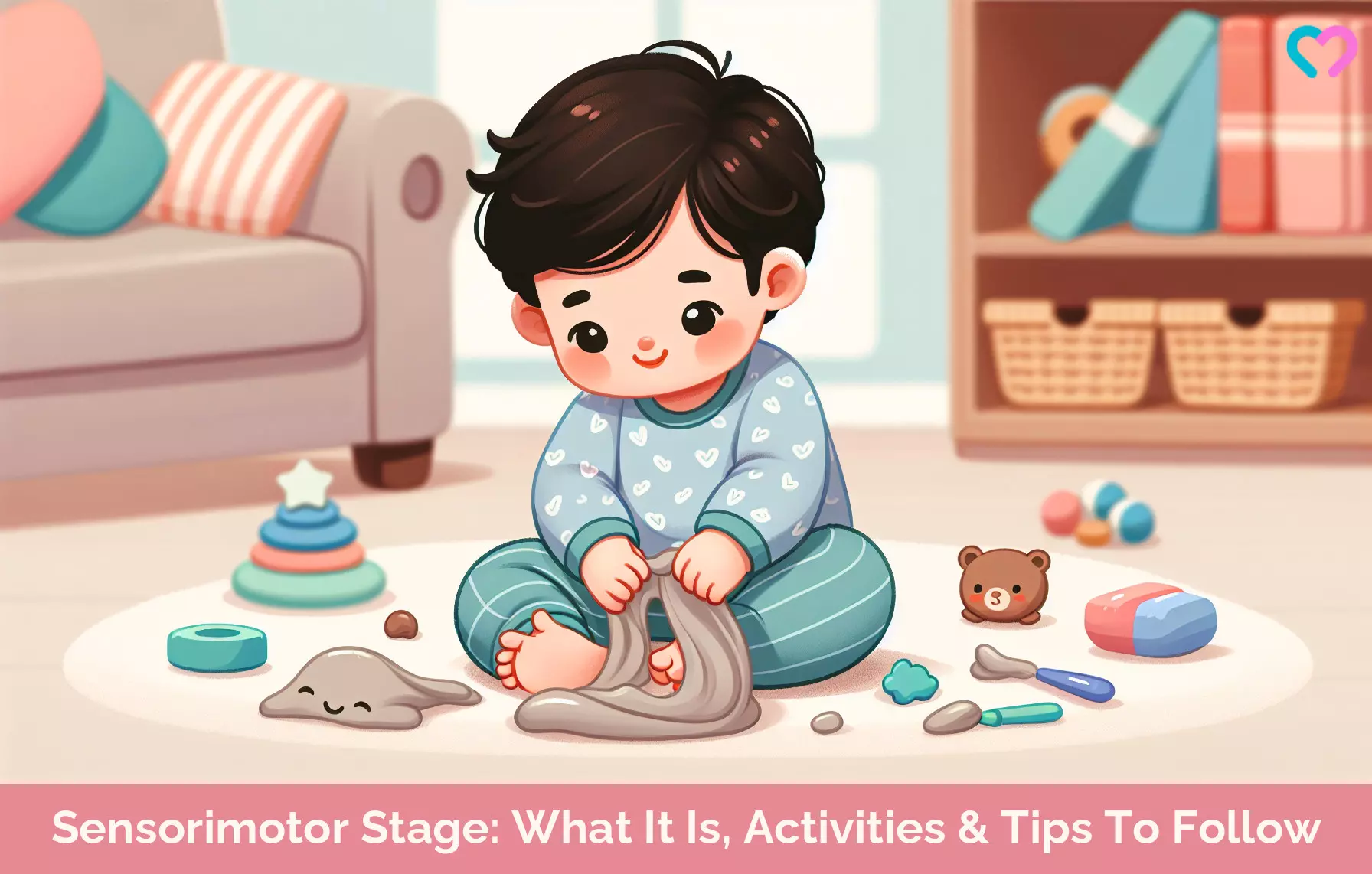
Image: Stable Diffusion/MomJunction Design Team
Learn about Piaget’s Sensorimotor Stage of development! See how babies explore and learn through their senses and movements.
Personal Experience: Source
MomJunction articles include first-hand experiences to provide you with better insights through real-life narratives. Here are the sources of personal accounts referenced in this article.
i. Rainy day activity ideas for 12-18 months | Fine motor and sensory activities;https://www.youtube.com/watch?v=iGO1ptmvmAQ
References
1. Margaret Anderson, Sensorimotor Stage, Cortland Faculty Web
2. Object permanence; APA Dictionary of Psychology
3. H. K. Scott and M. Cogburn; Piaget, Louisiana State University HSC
4. F Malik and R. Marwah, Cognitive Development, National Center for Biotechnology Information (2020)
5. CDC’s Developmental Milestones; Centers for Disease Control and Prevention
Community Experiences
Join the conversation and become a part of our nurturing community! Share your stories, experiences, and insights to connect with fellow parents.
Read full bio of Dr. Ashley Van Putten
Read full bio of Rohit Garoo
Read full bio of Dr. Ritika Shah
Read full bio of Apoorva K







